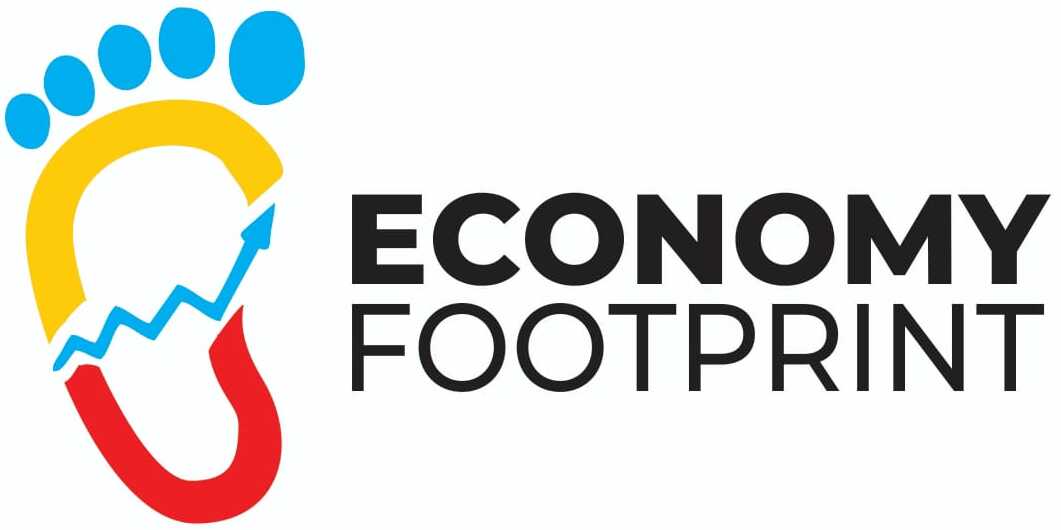The Deputy Central Bank of Nigeria Governor, Corporate Services, Dr. Bala Bello has explained why the current monetary policy tightening by the CBN is good for Nigeria’s economy.
In the last three MPC Meetings, the CBN consecutively raised he benchmark interest rates.
Recall at the first MPC meeting by the current CBN management in February 2024, the CBN raised the interest rate by 400 basis points to 22.75 from 18.75 percent. Rising from the second meeting in March 2024, the CBN further raised the monetary policy rate by 200 basis points from 22.75 percent to 24.75 percent. again, at the May 2024 MPC meeting, the MPR was raised by 150 basis points to 26.25 percent from 24.75 percent. Thus, from February till May, the CNN has raised the interest rate by 750 basis,
The CBN has consistently explained it did this to tame inflation, stabilize the naira, and attract more portfolio investors to shore up Nigeria’s foreign reserves.
Experts’ opinions are divided on the CBN MPR stance. Whilst some feel the CBN interest rate policy will impact the country positively in the medium to long term, others feel it could stifle the fragile Nigeria’s economy.
But in his personal statement to the May 2024 MPC, Dr. Bala Bello believes that “for Nigeria, maintaining a tight monetary policy stance over the
short- to medium-term horizon remains the most ideal direction for monetary
policy”.
“Among the limited instruments available to the Committee, my preference at this May 2024 meeting, is an upward adjustment of the Monetary Policy Rate due to its potency to impact both money supply growth and exchange rate appreciation simultaneously. As the trajectory of key economic indicators unfolds, more information and assessments will become available to enable consideration of other policy instruments for further action” he explained.
Find below his statement.
BALA MOH’D BELLO MoN
At the May 2024 MPC meeting, I voted to raise the monetary policy rate
(MPR) by 150 basis points to 26.25 percent from 24.75 percent, whilst keeping all other policy parameters constant viz: the asymmetric corridor around the MPR at +100/-300 basis points; Cash Reserve Ratio of DepositMoney Banks at 45.00 percent; and Liquidity Ratio at 30.00 percent. My decision to further tighten the stance of monetary policy was guided by the continued stickiness of domestic prices, as well as data on other domestic macroeconomic indicators, discussed briefly in the following sections.
Considerations
According to the National Bureau of Statistics (NBS), headline inflation (year on-year) rose to 33.69 per cent in April 2024 from 33.20 per cent in the previous month, driven by increases in both the food and core components. In April 2024, food inflation increased to 40.53 per cent from 40.01 per cent in the previous period, while core inflation rose to 26.84 per cent from 25.90 percent in the same period. Exchange rate passthrough to domestic prices andstructural issues continue to drive price movements in Nigeria. The data also showed that previous monetary policy rate hikes and other complementary policies are yielding some positive results albeit slowly.
Month-on-month, headline inflation declined significantly to 2.29 per cent in April 2024 from 3.02 per cent in the previous month. The month-on-month deviation of annual core and food inflation also follows similar pattern. This downward trend in the month-on-month rise in prices, thus suggests the need to press further with the tightening cycle to ensure that flattening of the inflation curve is quickly achieved to pave the way for a quick deceleration. In addition, while money supply growth has been substantially reduced, it remains above the benchmarks for the year, thus, fueling credit growth above the desired level for inflation to be fully curtailed. Tightening the stance of monetary policy further to slow credit creation, combined with ongoing complementary fiscal policy initiatives is, thus, essential. Exchange rate passthrough to domestic prices remains an important factor in the current inflation pressure. While the pressure on the naira reflects supply and demand imbalances in the foreign exchange (FX) market, I am certain that tightening the policy stance further would dampen demand pressure while also having a positive impact on autonomous FX supply as domestic yields improve. Recent approval of licenses of fourteen (14) international Money Transfer Operators is expected to improve remittance flows to dowse demand pressure. With regards to financial system stability, data presented at the meeting showed that all major financial soundness indicators (capital adequacy, non performing loans, and liquidity ratios) remained within their prudential thresholds. While industry earnings ratios have also remained comparatively strong, there is the need to continue strengthening macroprudential and capital buffers to further improve industry resilience to future shocks.
Real GDP grew by 3.46 per cent in the fourth quarter of 2023, compared with 2.54 per cent in the third quarter of the same year, driven by both the oil and non-oil sectors. There are also indications that economic activities will remain on a positive path as reflected in the Purchasing Managers’ Index (PMI) which increased from 42.8 index points in March 2024 to 49.2 index points in April 2024.
On the global front, output growth in 2024 and 2025 is projected by the International Monetary Fund at 3.2 per cent a piece, indicating a steady pace of recovery despite identified headwinds. Inflation is also expected to continue to decelerate across major economies even though it is likely to remain above the long-run objectives of several key central banks.
Consequently, global prices could remain high and persisting headwinds need to be curtailed to mitigate supply chain disruptions.
Overall, for Nigeria, maintaining a tight monetary policy stance over the short- to medium- term horizon remains the most ideal direction for monetary policy. Among the limited instruments available to the Committee, my preference at this May 2024 meeting, is an upward adjustment of the Monetary Policy Rate due to its potency to impact both money supply growth and exchange rate appreciation simultaneously. As the trajectory of key economic indicators unfolds, more information and assessments will become available to enable consideration of other policy instruments for further action.














